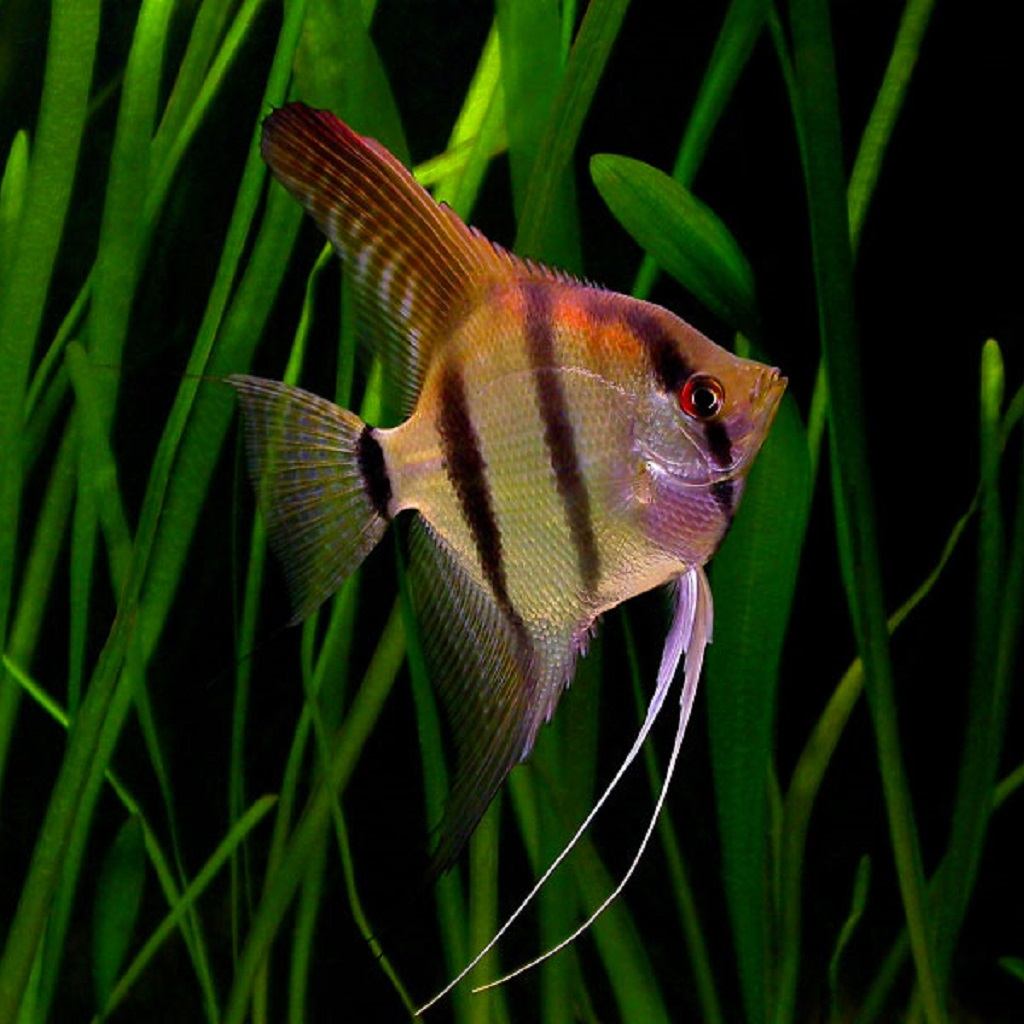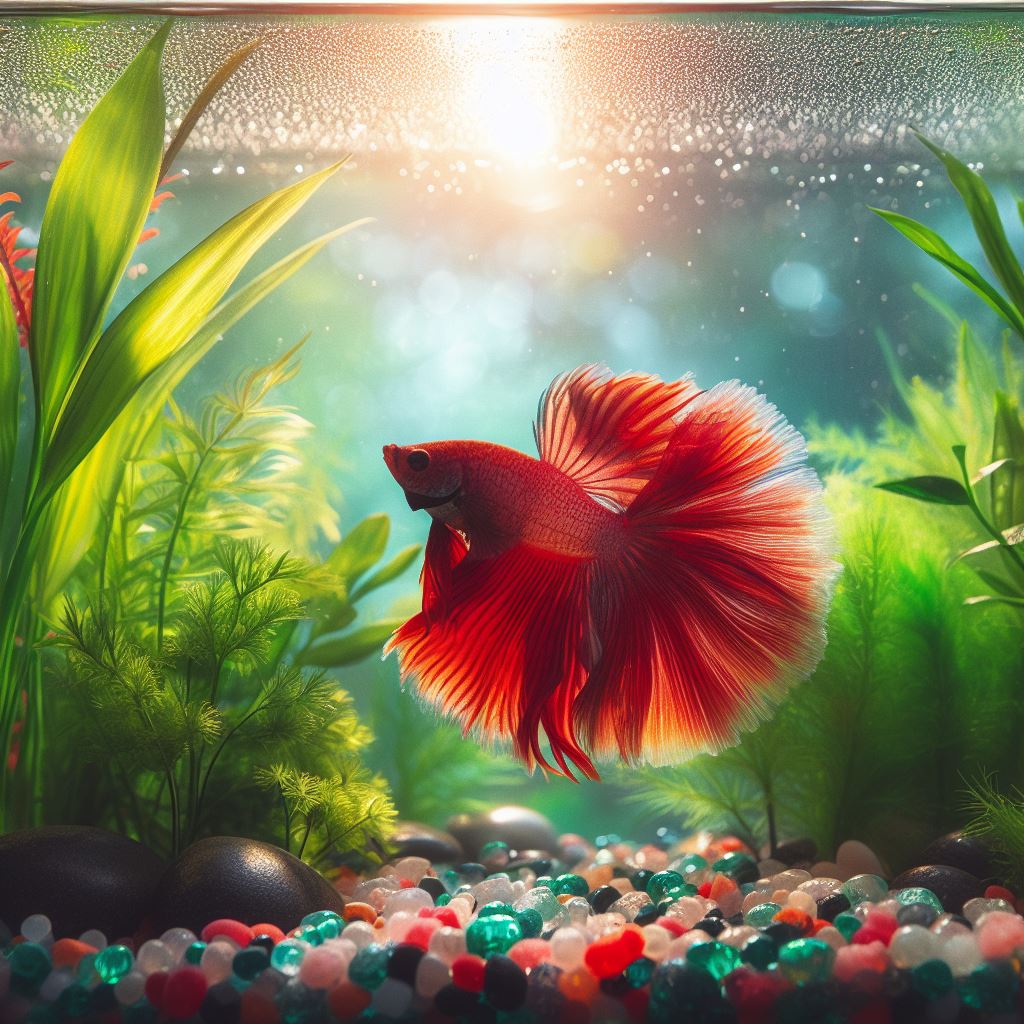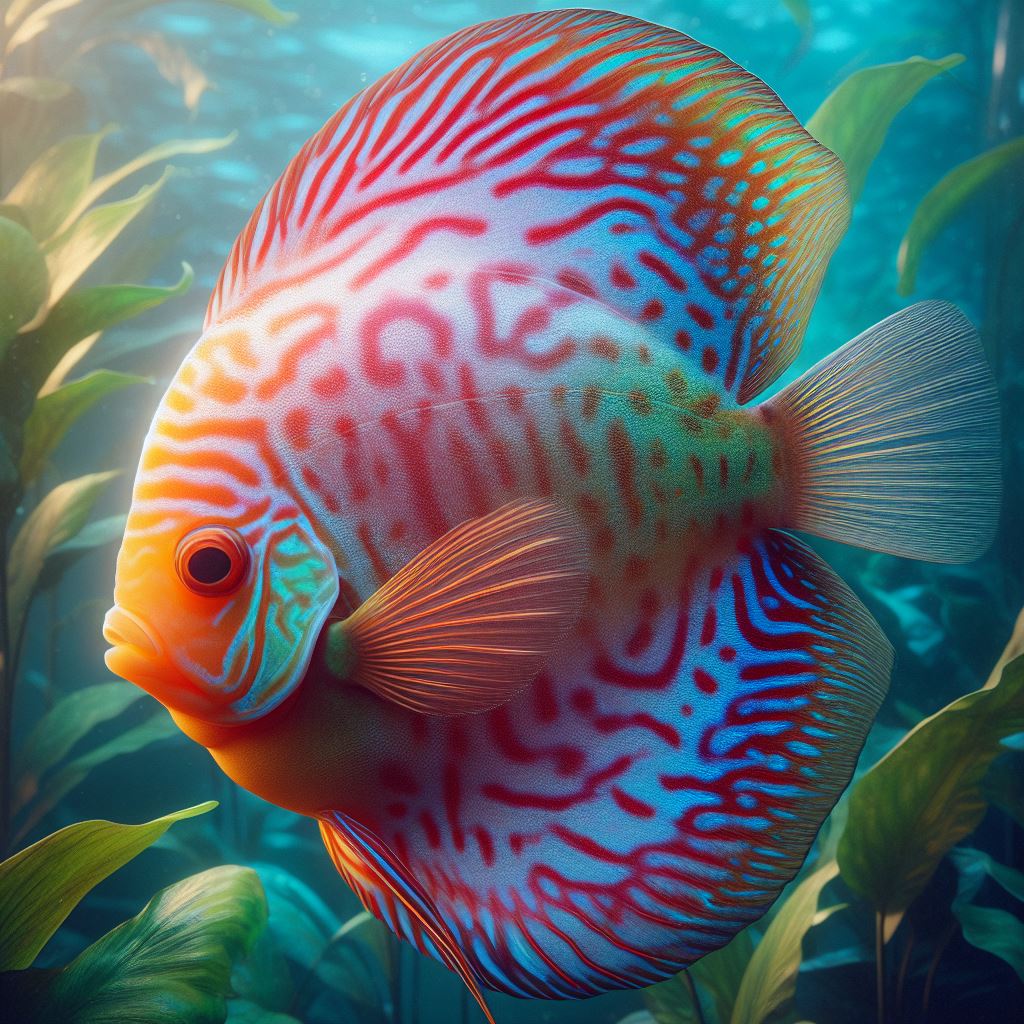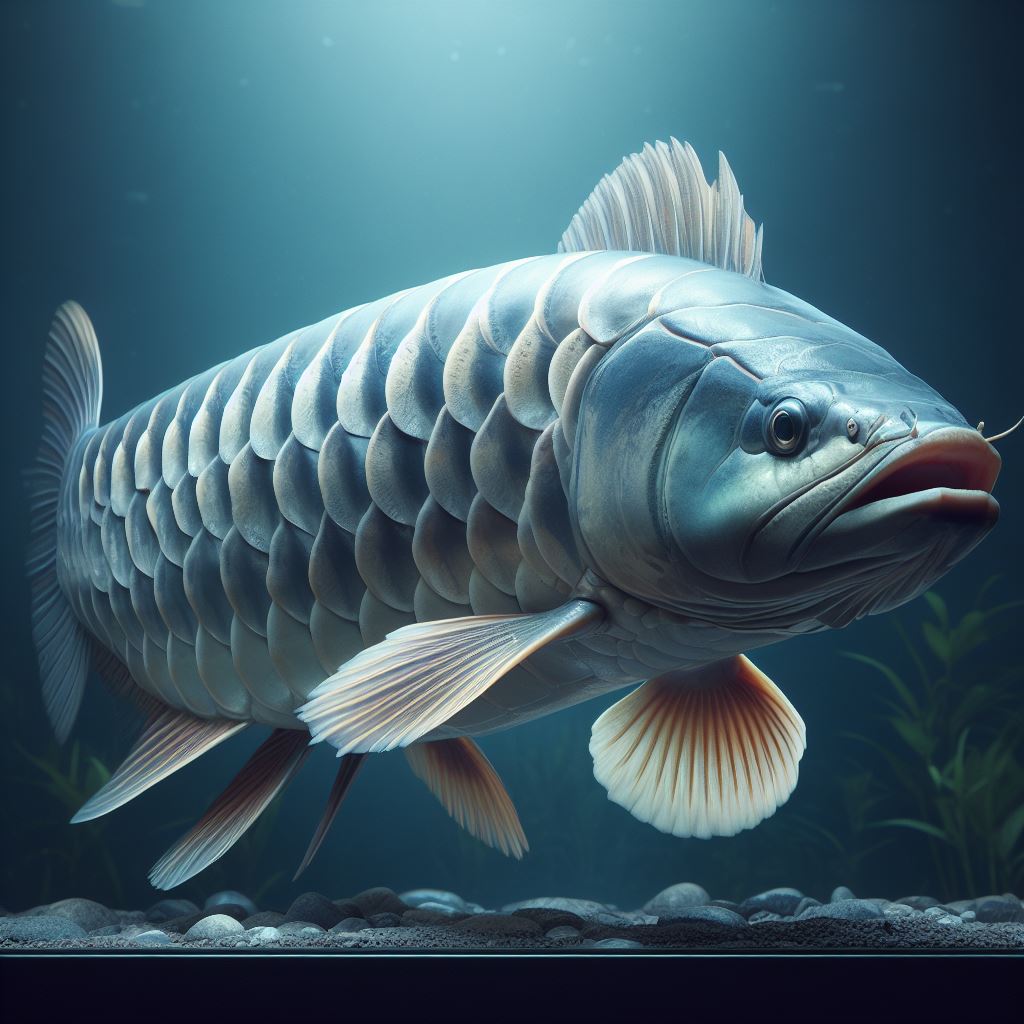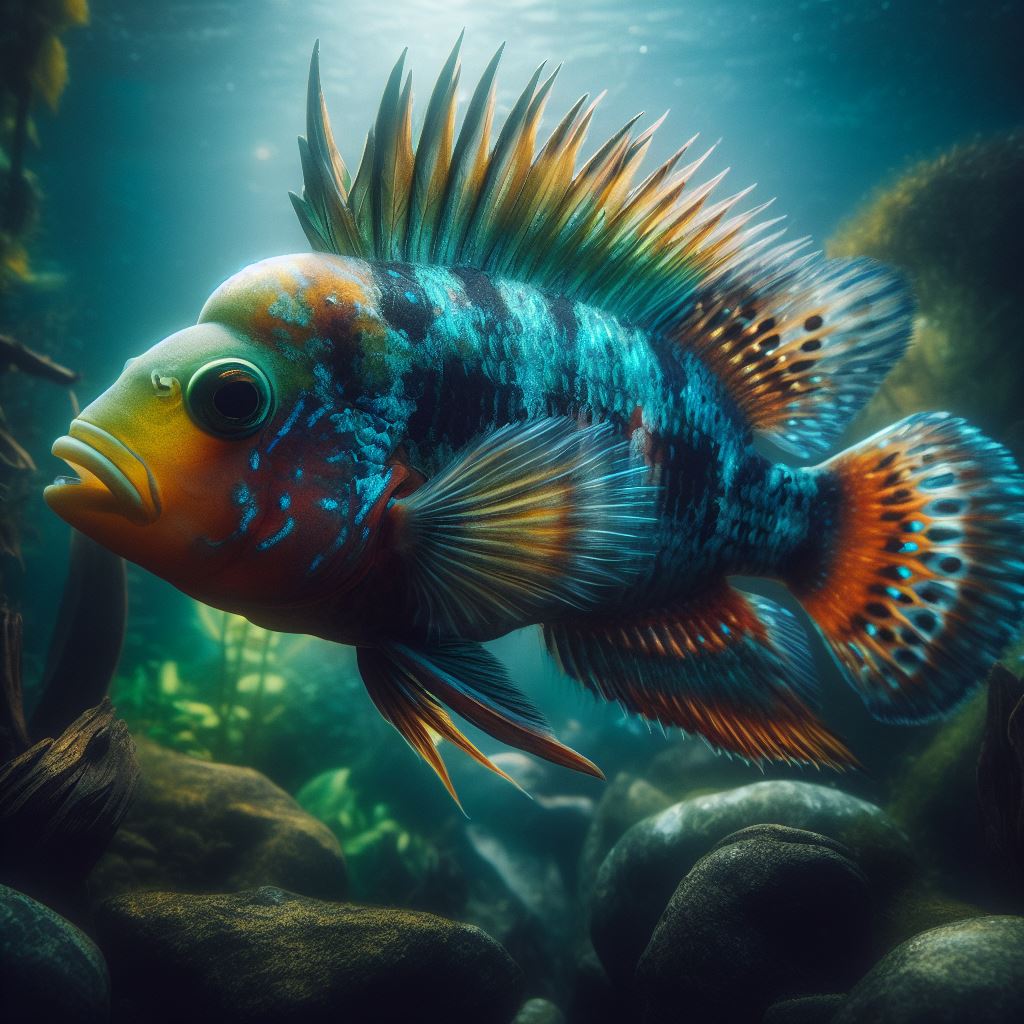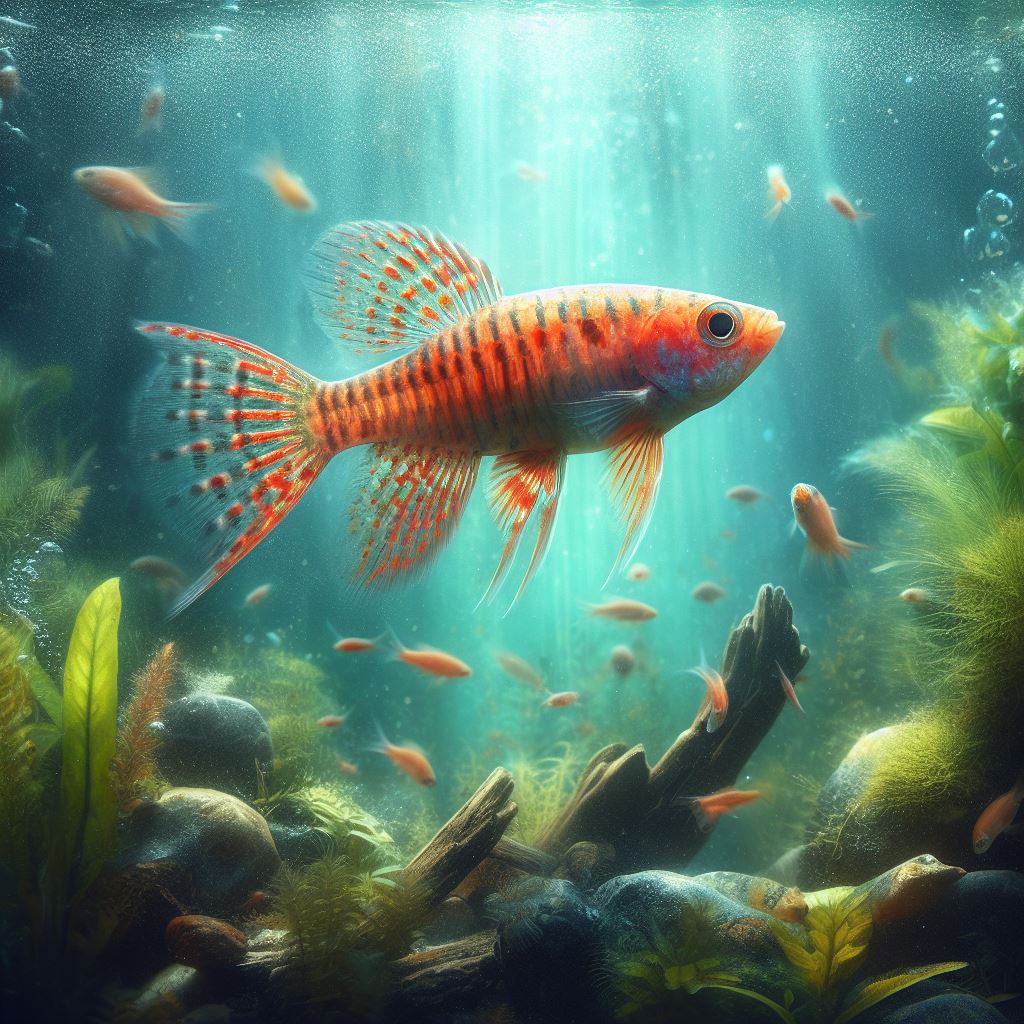Angelfish, scientifically known as Pterophyllum, also known as Scalarfish, are mesmerizing freshwater fish beloved by aquarium enthusiasts worldwide. Their distinctive triangular shape, vibrant colors, and graceful movements make them a popular choice for aquariums.
History and Origin of Angelfish in the Pet Trade
Originally found in the Amazon Basin of South America, angelfish made their way into the pet trade during the early 20th century. Their elegant appearance and peaceful nature quickly captured the hearts of fish enthusiasts, leading to their widespread popularity.
Popular Angelfish Varieties
Angelfish come in various varieties, each with its unique color patterns. From the classic silver angelfish to the striking marbled and veil-tail varieties, there’s a diverse range to choose from, allowing hobbyists to add a touch of elegance to their aquariums.
Getting Started
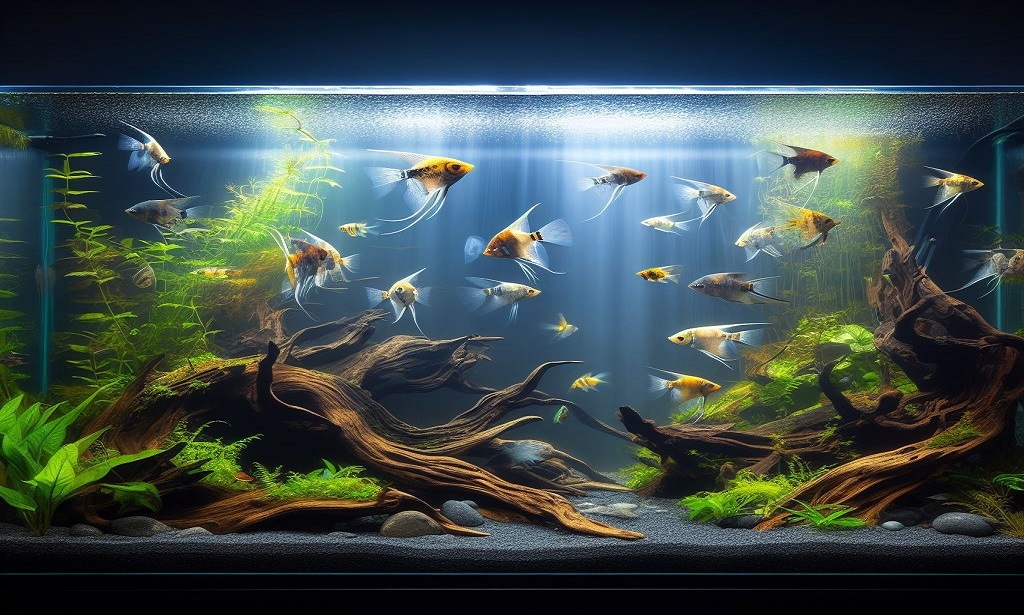
Choosing the Right Tank
Selecting an appropriate tank is crucial for the well-being of your angelfish. Opt for a spacious tank with a capacity of at least 20 gallons to provide ample swimming space. A taller tank is preferable, considering angelfish’s vertical swimming habits.
Setting Up the Ideal Angelfish Aquarium
Create a natural habitat within the aquarium by incorporating plants, rocks, and driftwood. Angelfish appreciate a well-decorated environment, which mimics their natural habitat, providing them with places to explore and hide.
Cycling the Tank for Angelfish
Before introducing angelfish, ensure your tank is properly cycled. Cycling establishes a healthy balance of beneficial bacteria, crucial for breaking down harmful substances like ammonia and nitrites. This process typically takes a few weeks and sets the stage for a thriving Scalarfish community.
Water Parameters
Temperature and Heater Setup
Maintaining a stable water temperature between 75°F to 82°F (24°C to 28°C) is essential for angelfish. Use a reliable aquarium heater to regulate the temperature, ensuring your angelfish are comfortable in their environment.
pH Levels and Testing
Angelfish prefer slightly acidic to neutral water conditions, with a pH range of 6.5 to 7.5. Regularly test the water using a pH kit to monitor and adjust the pH levels as needed, providing a suitable habitat for your Scalarfish.
Importance of Proper Filtration
Invest in a quality filtration system to keep the water clean and clear. A canister or sponge filter works well for angelfish tanks, efficiently removing debris and maintaining optimal water quality.
Understanding Water Hardness and Softness
Angelfish thrive in soft to moderately hard water. Monitoring the water hardness (GH) and ensuring it falls within the 3 to 8 dGH range promotes overall health and vitality among your angelfish.
Angelfish Diet and Nutrition
Natural Diet of Angelfish in the Wild
In the wild, angelfish are omnivores, feeding on a varied diet of small fish, insects, and plant matter. Replicate their natural diet by offering a balanced mix of high-quality flake, pellet, and granule foods rich in protein.
Selecting High-Quality Fish Food
Choose reputable fish food brands that list high-quality ingredients like fish meal, shrimp, and spirulina. These ingredients provide essential nutrients, promoting vibrant colors and overall vitality in angelfish.
Feeding Frequency and Portion Control
Feed your angelfish small, frequent meals rather than one large portion. Offer food 2-3 times a day, only providing what they can consume within a few minutes. Overfeeding can lead to water quality issues and obesity in Scalarfish.
Supplementing Diet with Live and Frozen Foods
Enhance their diet with occasional treats like live or frozen foods such as bloodworms, brine shrimp, and daphnia. These supplements add variety and ensure your angelfish receive essential nutrients for optimal health.
Angelfish Behavior and Compatibility
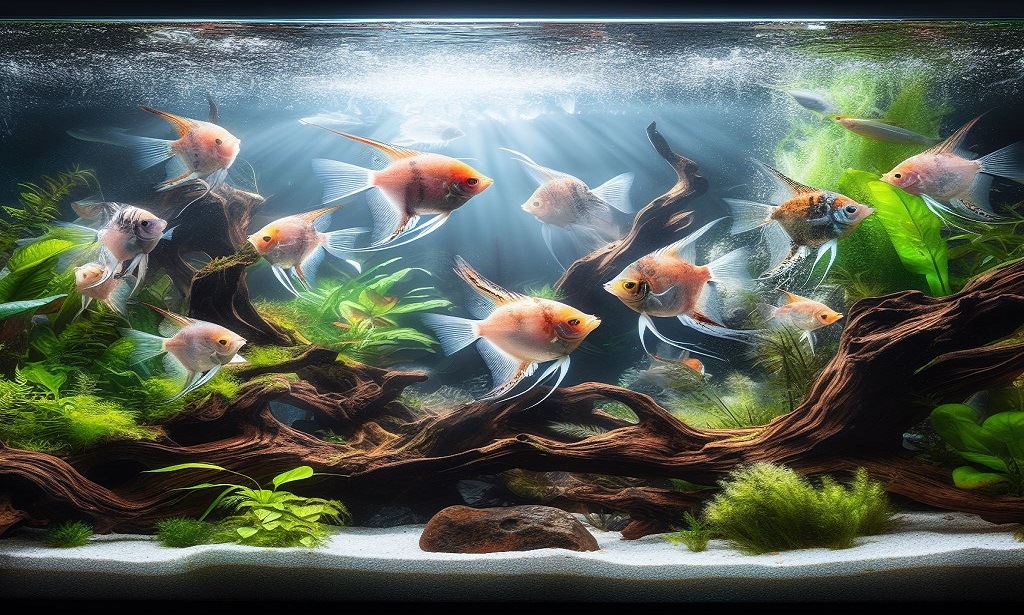
Social Structure and Hierarchical Behavior
Angelfish exhibit fascinating social behaviors. They establish a hierarchy within their group, which can lead to minor disputes. Providing adequate hiding spots and space reduces stress and aggression among Scalarfish.
Compatibility with Other Fish Species
When selecting tankmates, choose peaceful species that won’t nip at angelfish fins. Compatible tankmates include tetras, rasboras, and Corydoras catfish. Avoid aggressive or territorial fish to maintain a harmonious community.
Identifying Aggressive Behavior and Tank Mates to Avoid
Watch for signs of aggression, like chasing or fin-nipping. If aggression occurs, consider rearranging the tank décor to disrupt territories. Angelfish may not coexist peacefully with other Scalarfish of the same size and shape, leading to conflicts.
Breeding Behavior and Caring for Fry
Angelfish are known to be dedicated parents. During breeding, they clean and defend their chosen breeding site. Once the eggs hatch, parents guard the fry diligently. Providing proper nutrition and a separate tank for fry ensures their healthy growth.
Tank Decor and Aquascape
Choosing Suitable Substrate
Select a fine-grained substrate to prevent injury to angelfish, as they may sift through it in search of food. Sand or smooth gravel works well and also promotes the growth of beneficial bacteria.
Aquatic Plants for Angelfish Tanks
Live plants not only enhance the aesthetic appeal of your aquarium but also serve as hiding places and contribute to the overall well-being of angelfish. Consider plants like Amazon swords, Java ferns, and anubias, which thrive in similar water conditions.
Providing Hiding Spots and Caves
Angelfish appreciate secluded spaces to retreat to. Incorporate caves, PVC pipes, and driftwood to create hiding spots. These features provide shelter, reducing stress and allowing your Scalarfish to exhibit their natural behaviors.
Importance of Proper Lighting
Moderate lighting with a duration of 8-10 hours daily is ideal for angelfish tanks. Use LED lights designed for aquarium use to mimic natural daylight. Adequate lighting supports plant growth and showcases your angelfish’s colors beautifully.
Tank Maintenance
Regular Water Changes and Cleaning
Perform regular water changes of 20-30% every 1-2 weeks to maintain water quality. Use a siphon to remove debris from the substrate and vacuum the gravel during water changes. Clean the glass and decorations as needed.
Monitoring Water Quality
Regularly test the water for ammonia, nitrites, and nitrates to ensure they remain within safe levels. Consistent monitoring allows you to address any issues promptly, preserving the health of your angelfish.
Managing Algae Growth
Algae growth is natural but can be controlled with proper maintenance. Avoid overfeeding, control the lighting duration, and introduce algae-eating species like nerite snails or Siamese algae eaters to keep algae in check.
Equipment Maintenance and Troubleshooting
Regularly inspect and clean the filter, ensuring it functions optimally. Address any issues promptly, as a well-maintained filtration system is vital for the overall health of your angelfish.
Common Health Issues
Signs of a Healthy Scalarfish
Healthy angelfish displays vibrant colors, active swimming, and a hearty appetite. Clear eyes, intact fins, and smooth scales are signs of a well-cared-for fish.
Common Health Problems and Diseases
Watch for signs of diseases such as ich, fin rot, or velvet. Quarantine affected fish promptly and treat them in a separate tank to prevent the spread of illness. Research specific symptoms and treatments for accurate diagnosis and care.
Quarantine Procedures for New Fish
Always quarantine new fish for at least 2-3 weeks before introducing them to the main tank. This precautionary measure prevents the potential introduction of diseases into your fish community.
Dealing with Parasites and Infections
If you notice signs of parasites or infections, consult with a veterinarian specializing in fish health. Follow their treatment recommendations and maintain a clean environment to support the healing process.
Breeding Angelfish
Creating Breeding Conditions in the Tank
To encourage breeding, simulate the rainy season by slightly lowering the water level and raising the temperature by a few degrees. Provide flat, vertical surfaces like broad leaves or a spawning slate where angelfish can lay their eggs.
Pairing Scalarfish for Breeding
Angelfish often form pairs naturally. However, if you’re specifically breeding them, observe their behavior for compatible pairs. Once a pair is established, they will usually select a site for spawning.
Caring for Eggs and Fry
After spawning, Scalarfish parents guard their eggs and fan them to ensure oxygenation. Once the eggs hatch, the parents continue to protect the fry. Ensure the fry are fed tiny, nutritious foods like infusoria or powdered fry food to support their growth.
Raising Healthy Angelfish Fry
Separate the fry into a dedicated tank to protect them from larger fish. Provide gentle filtration and perform frequent water changes to maintain pristine water quality. As they grow, introduce larger foods and monitor their development closely.
Engaging in Responsible Scalarfish Breeding and Trading
If you decide to breed Scalarfish, do so responsibly. Avoid inbreeding and ensure proper care for the fry. Responsible breeding maintains the health and genetic diversity of angelfish populations.
Conclusion
Recap of Key Points
In this comprehensive guide, we’ve explored every aspect of angelfish care, from selecting the right tank and water parameters to understanding their behavior, health, and breeding needs. By following these guidelines, you can create a thriving and harmonious Scalarfish community in your own home.
The Rewarding Experience of Keeping Angelfish
Keeping angelfish is not just a hobby; it’s a deeply rewarding experience. Witnessing their graceful movements, vibrant colors, and intricate social behaviors is both educational and emotionally fulfilling. With proper care, your Scalarfish will become a captivating centerpiece of your aquatic oasis.
Encouragement for Responsible Pet Ownership
As responsible pet owners, we must provide the best possible environment for our aquatic companions. By applying the knowledge shared in this guide and continually learning, you contribute to the well-being of these magnificent creatures while enhancing your enjoyment of the hobby.
Remember, every Scalarfish is unique, and observing their personalities and behaviors will deepen your appreciation for these enchanting creatures. Happy angelfish keeping!

